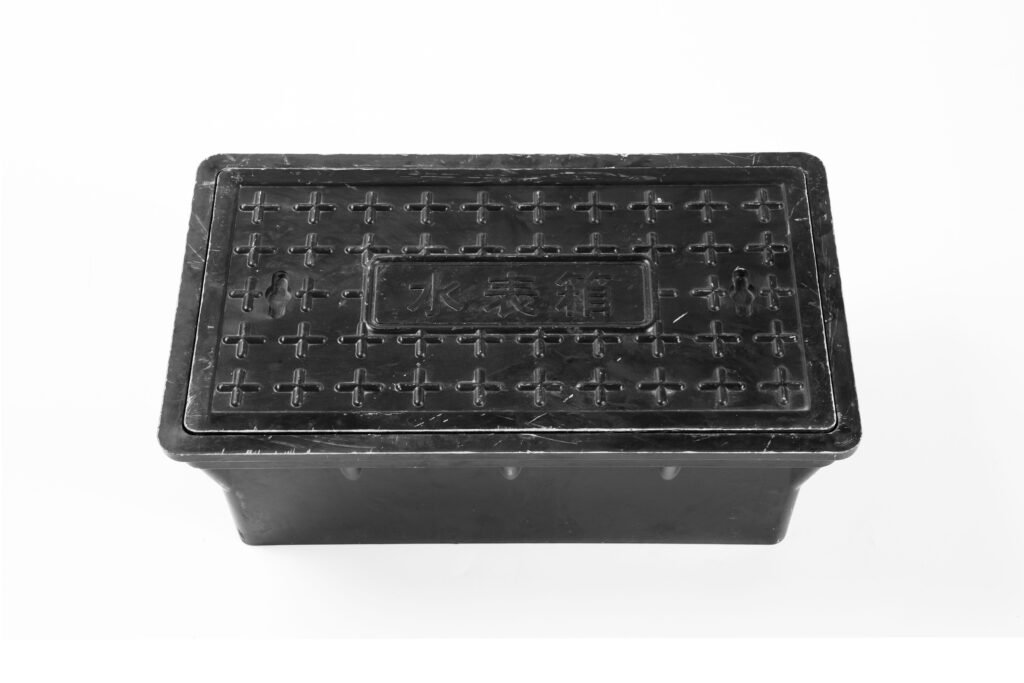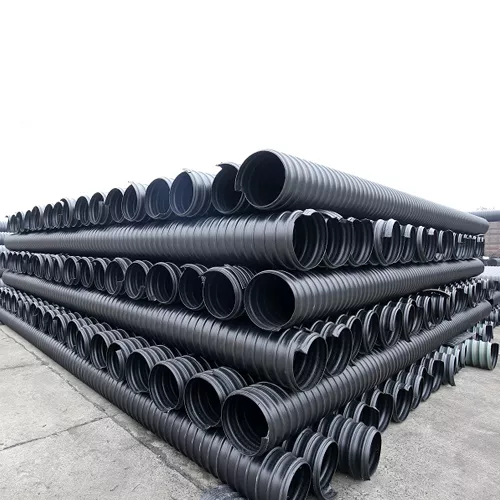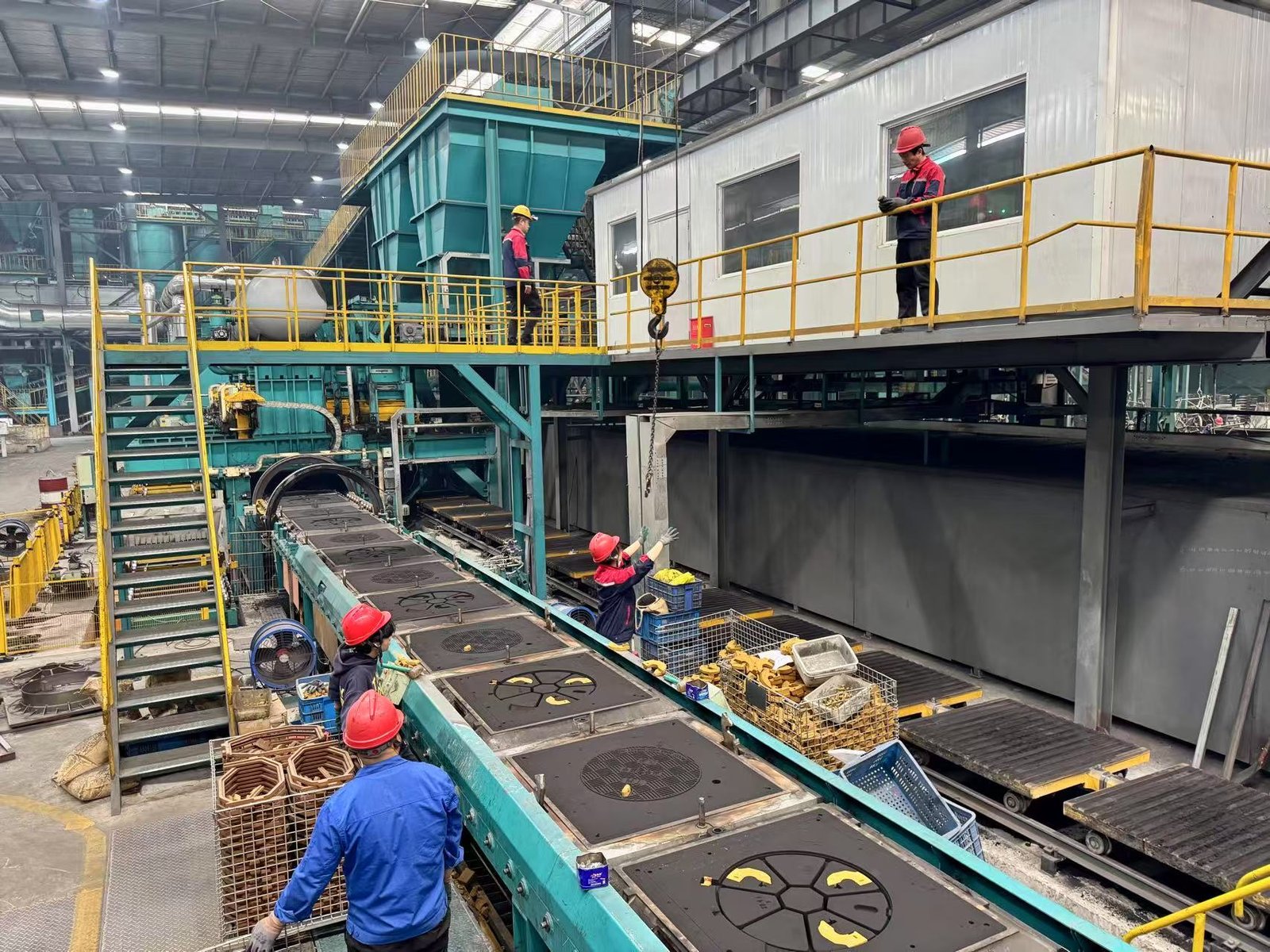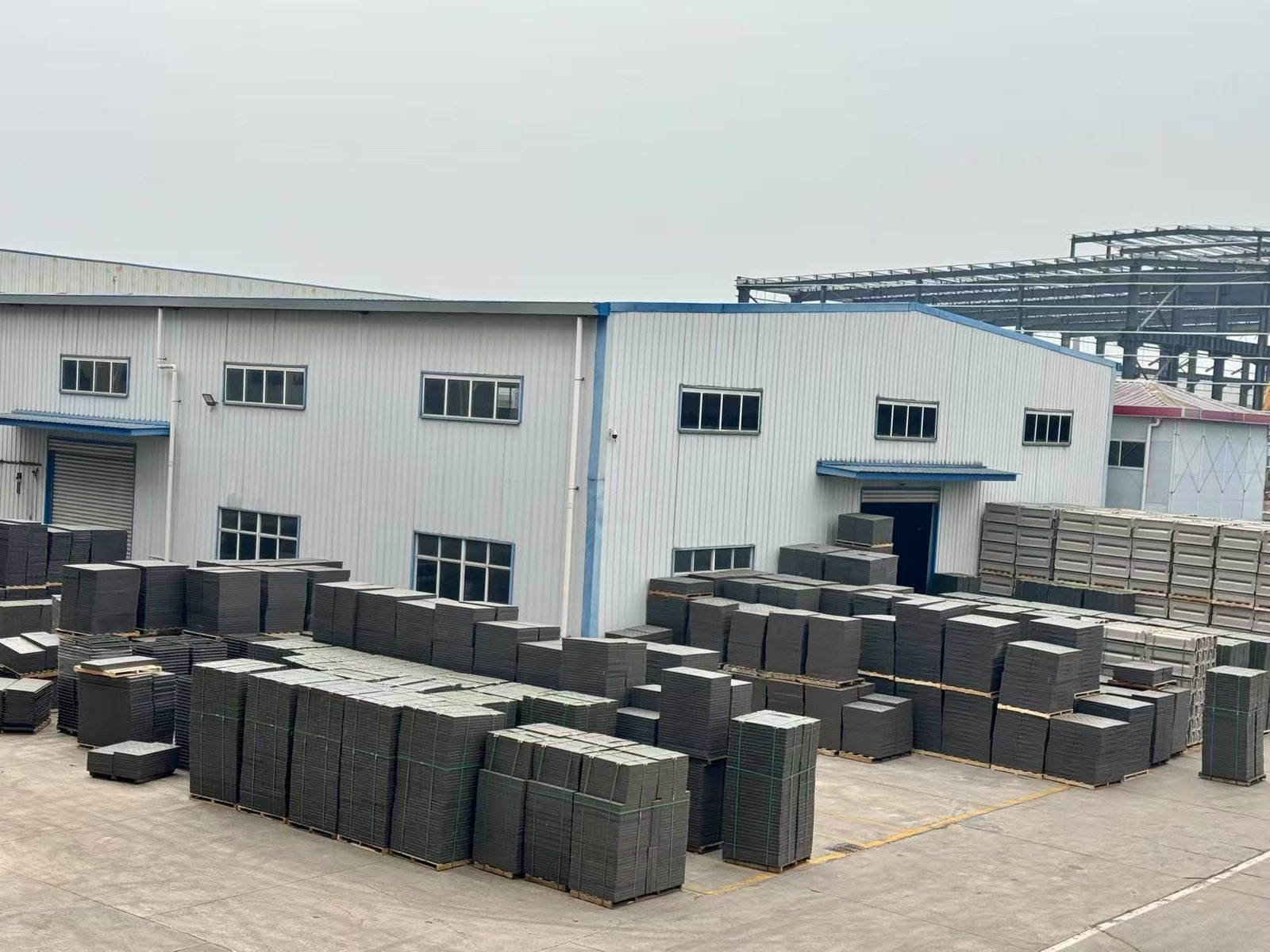Contemporary challenges in the construction and infrastructure sectors extend beyond economic efficiency to encompass environmental impact. In this context, SMC drainage channels occupy a pivotal position due to their unique properties. Combining durability, lightweight design, and exceptional climate adaptability, these products offer not only practicality but also eco-friendly advantages. SMC drainage channels play a vital role in environmental protection and meeting growing market demands. This article explores how SMC drainage channels advance sustainability and analyzes the reasons behind their rising market popularity.

Material Properties and Ecological Sustainability
The uniqueness of SMC (Sheet Molding Compound) material must be emphasized. As a glass fiber-reinforced polymer composite, it delivers high strength-to-weight ratios. Its exceptional structural durability drastically reduces product replacement and waste.
This material significantly decreases natural resource consumption, as composite materials outlast traditional alternatives like concrete or metal. This conserves resources while lowering CO₂ emissions during production and transportation, establishing SMC channels as an ecologically sustainable solution for modern urban and regional development.
Energy Efficiency and Low Carbon Footprint
Energy efficiency in construction is gaining critical importance. SMC channel production consumes far less energy than traditional materials, owing to lightweight properties and innovative manufacturing processes.
Moreover, their low carbon footprint aligns with environmental standards, supports climate initiatives, and promotes sustainability. Convenient transportation and installation further reduce costs and environmental impact.
Durability and Reliability
A core advantage of SMC drainage channels is their extended service life. The material resists chemical corrosion and physical damage—including UV radiation, moisture, and deformation—significantly outperforming metal or concrete counterparts.
Crucially, this durability slashes operational maintenance costs. Reduced replacement and repair needs save expenses for businesses and users while minimizing ecological burdens through decreased waste disposal. This solidifies SMC channels as reliable, eco-preferred drainage solutions.
Market Dynamics and Innovation Trends
Construction industry standards for materials and production processes continue rising. Innovative products like SMC channels represent breakthroughs in solving existing challenges through sustainable methods.
The market actively adapts to environmental responsibilities. Users and construction firms increasingly favor ecological solutions. SMC manufacturers continuously integrate advanced technologies to enhance product efficacy and safety, strengthening market competitiveness.
Ecological Awareness and Responsibility
Promoting SMC channels necessitates elevating ecological consciousness across the construction industry. Educational initiatives and understanding material environmental impacts drive more responsible product choices.
Businesses adopting SMC products demonstrate commitment to sustainability. This elevates their reputation among clients and partners, builds market trust, and intertwines ecological benefits with commercial success—collectively forging a greener future.
Impact on Infrastructure Projects

Infrastructure projects utilizing SMC drainage channels pioneer sustainable urban development paths. Modern drainage solutions play critical roles in flood prevention and protecting regions from waterlogging.
Such projects also enhance urban quality of life by improving environmental safety and comfort. The technology alleviates pressure on existing urban systems, making SMC channels indispensable for efficient water resource management.




